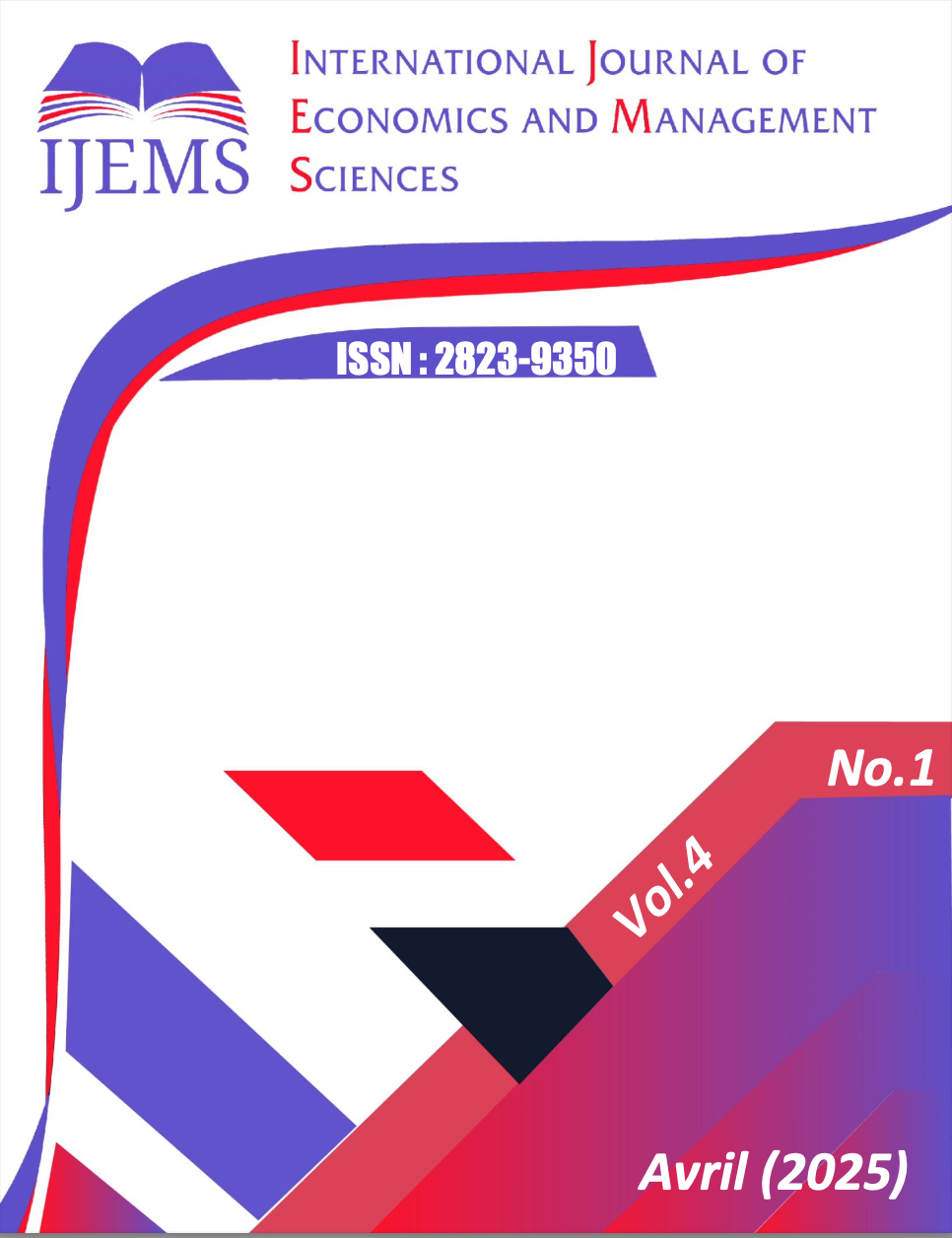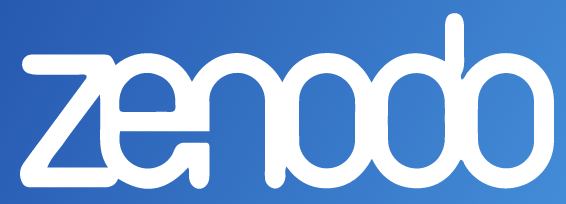L' évolution des modèles de développement économique du Maroc : Étude descriptive (1958 -2023).
Keywords:
economic development models, economic plans, new development model (NDM)Abstract
The article examines the evolution of economic development models in Morocco. It is based on a descriptive approach based on documentary analysis. It is based on data from national institutions (Office of the High Commissioner for Planning, Office des Changes) and international institutions (World Bank). The study is structured in three parts:
-History of the economic development of Morocco.
-Analysis of successive growth models.
-Presentation of the recommendations of the new economic development model (NDM).
Since its independence in 1956, Morocco has adopted several models of economic development, shifting from a strategy of import substitution and macro-channelling of the economy towards an opening to foreign investment and integration into international markets. After decades of five-year plans, structural adjustment policies and gradual liberalization, the country has experienced uneven economic growth, often hampered by crises, rising debt and persistent social imbalances. Faced with the limitations of the previous development model, the New Development Model (NMD), adopted by Morocco since 2019, proposes a profound transformation of the old development model. These transformations are organized around four axes: economic diversification, strengthening of human capital, social inclusion and territorial development. The goal of this new model is to double per capita gross domestic product (GDP) by 2035 and improve public governance, but its success will depend on the commitment of economic and institutional actors as well as the effectiveness of the reforms implemented.


















